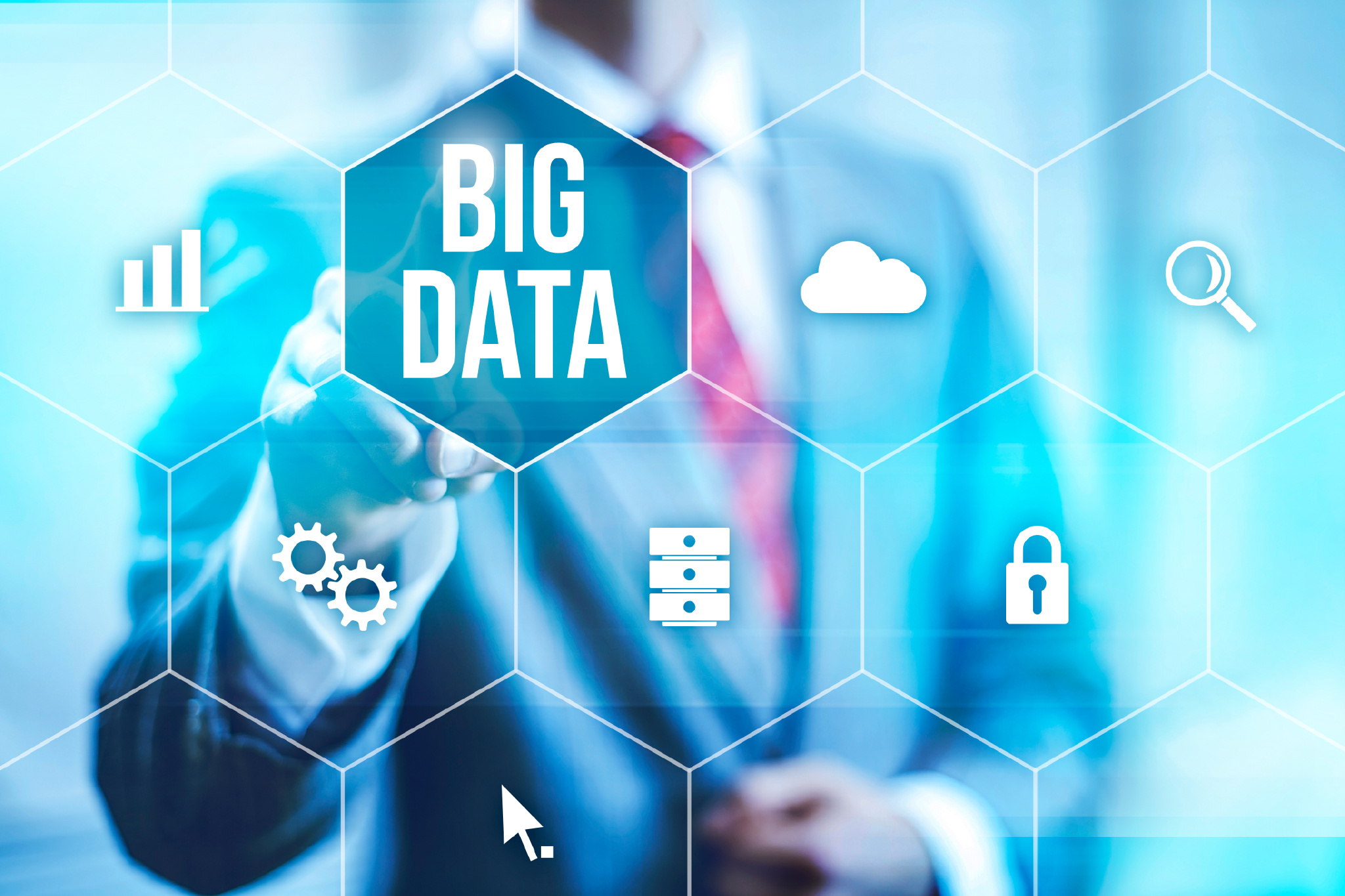|
Digital twin technology, a groundbreaking innovation in the realm of technology and engineering, has emerged as a game-changer across various industries. It offers an immersive virtual representation of real-world objects, systems, or processes, providing valuable insights, optimizations, and predictive capabilities. This article delves into the depths of digital twin technology, its applications, benefits, and future potential. At its core, a digital twin is a virtual replica that mirrors the physical characteristics and behavior of its real-world counterpart. By leveraging sensors, Internet of Things (IoT) devices, and advanced analytics, it continuously collects data from the physical object or system it represents, creating a real-time feedback loop between the digital and physical worlds. The applications of digital twin technology are vast and span various sectors. In manufacturing, digital twins enable remote monitoring and maintenance of equipment, predicting failures before they occur and optimizing operational efficiency. They also facilitate product design improvements by simulating performance under different conditions, reducing costs and time-to-market. In the healthcare industry, digital twins hold immense promise for personalized medicine. By creating a virtual model of an individual's physiology, doctors can simulate and test treatment options, leading to better diagnosis, improved treatment plans, and enhanced patient outcomes. Furthermore, digital twins can aid in training healthcare professionals, allowing them to practice difficult procedures in a risk-free environment. Smart cities are another domain where digital twins are making significant strides. By integrating data from multiple sources such as traffic sensors, weather stations, and energy grids, digital twins help urban planners optimize infrastructure, improve public services, and enhance sustainability efforts. These virtual replicas allow for scenario analysis and predictive modeling, aiding in effective decision-making for urban development. The advantages of digital twin technology extend beyond individual sectors. With the ability to create virtual replicas of complex systems and processes, organizations can conduct simulations, identify bottlenecks, and test various scenarios without disrupting operations. This saves costs, minimizes risks, and enables continuous improvements in performance and productivity. Looking ahead, the future potential of digital twin technology is immense. As advancements in artificial intelligence (AI) and machine learning continue to unfold, digital twins will become even more sophisticated, capable of autonomous decision-making and adaptive behavior. Imagine a world where every product, infrastructure, or city has its digital counterpart, constantly learning and optimizing itself for better outcomes. However, along with the promises come challenges. Data privacy and security concerns must be addressed to ensure the protection of sensitive information collected by digital twins. Interoperability standards and data exchange protocols also need to be established for seamless integration and collaboration between different digital twin environments. digital twin technology represents a paradigm shift in how we understand, analyze, and interact with the physical world. Its applications are vast, spanning industries such as manufacturing, healthcare, and urban planning, with the potential to revolutionize various facets of our lives. As this technology continues to evolve, embracing its advantages while addressing associated challenges will unlock its full transformative potential, shaping a future where virtual replicas enhance our physical reality.  |
